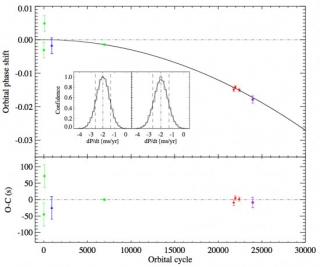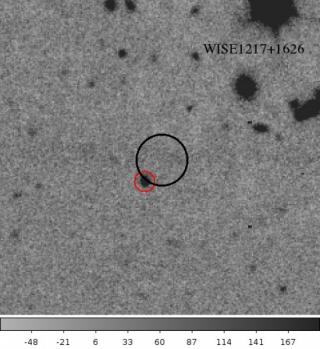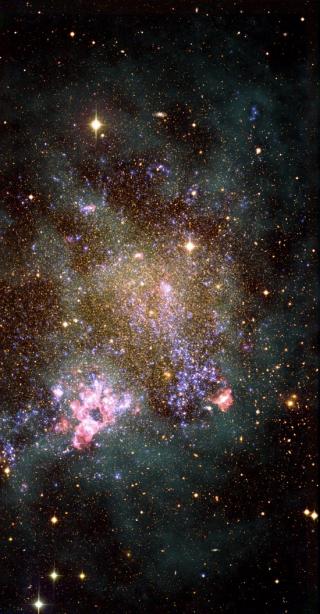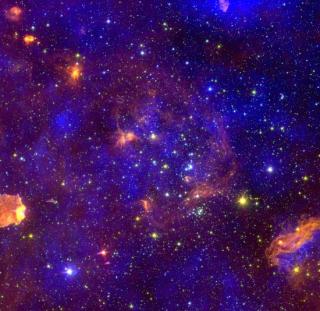
We present new 10.4 m-GTC/OSIRIS spectroscopic observations of the black hole X-ray binary XTE J1118+480 that confirm the orbital period decay at (dP/dt) = −1.90 ± 0.57 ms yr −1. This corresponds to a period change of −0.88 ± 0.27 μs per orbital cycle. We have also collected observations of the black hole X-ray binary A0620–00 to derive an orbital period derivative of (dP/dt)= −0.60 ± 0.08 ms yr −1 (−0.53 ± 0.07 μs/cycle). Angular momentum losses due to gravitational radiation are unable to explain these large orbital decays in these two short- period black hole binaries. The orbital period
Advertised on


